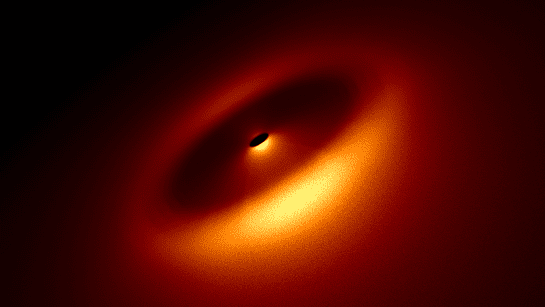
Imagine our solar system consisting of the Sun and planets only — without myriads of asteroids, comets with their gorgeous tails, a diversity of planetary satellites, magnificent rings, hazardous meteorites, spectacular meteor showers... Boring? The same is true for other suns. Extrasolar planetary systems are not just planets and their host stars. Dust disks identified around hundreds of other sun-like stars are thought to derive from invisible populations of planetesimals. Like asteroids and comets in the solar system, these leftovers of planetary formation are dynamically sculptured by planets, undergo collisional cascade and release dust. Dust then spreads over the whole system forming the so-called debris disk, whose complex structure is determined by a large array of gravitational and nongravitational forces, notably radiation pressure. All these components of a planetary system — planets, small bodies, and dust — are tightly related to each other and interact in an intricate way. We study origin, dynamical evolution and distributions of solids from hundreds of kilometers down to micrometers in size. We also seek to understand what the smallest, but the most numerous members of planetary systems may be telling us about earlier stages of planetary system formation.
An easy reading to start with: Pearce (2024)External link.
More comprehensive reviews: Wyatt (2008)External link, Krivov (2010)External link, Matthews et al. (2014)External link, Hughes et al. (2018)External link.


